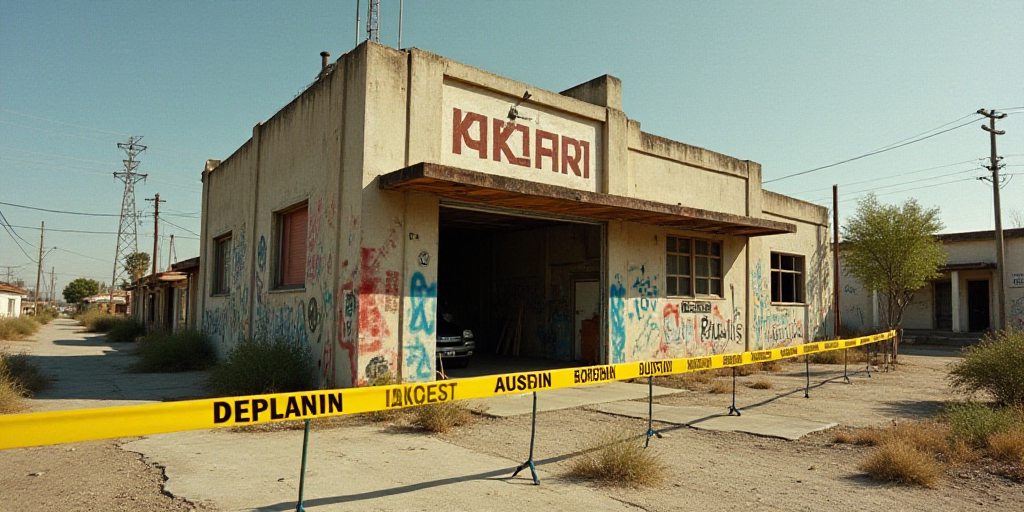Background and Relevance of the Seller
The Mexican federal government currently has 14 properties available for public sale, collectively valued at nearly 1 billion pesos. These properties vary in land use, ranging from residential and commercial to agricultural reserves, grazing areas, or specialized facilities. The sale aims to attract potential buyers based on the unique characteristics of each property.
Key Property Details
According to the Instituto de Administración y Avalúos de Bienes Nacionales (Indaabin), one prominent property is located at Reforma 211 and 213 in Mexico City. Previously occupied by the now-defunct Procuraduría General de la República, this plot was evacuated following the 2017 earthquake. With a commercial value of approximately 934 million pesos, it spans 2,840 square meters (m²) of land and 35,972 m² of construction. This single property accounts for roughly 92% of the total value of all 14 properties offered.
Expert Opinions and Recommendations
Antonio Hánna Grayeb, Director General of Hanna Inmobiliaria, views this strategy as a win-win situation for both the government and investors, provided that suitable conditions are established.
“This is a great opportunity because there’s certainty when purchasing directly from the federal government,” Hánna Grayeb stated. He also emphasized the importance of aligning Indaabin’s established values with market valuation, particularly for the Reforma property.
“Anything built on Reforma with quality and competitive pricing sells well. People appreciate it,” he added.
Beyond Reforma: Regional Opportunities
While the Reforma property garners attention, other properties present specific opportunities for regional investors or entrepreneurs looking to stimulate smaller-scale productive projects.
- Tienda No. 103 “Manzanillo” in Colima, valued at 27 million pesos and covering 3,770 m².
- Tienda No. 228 “Chilpancingo” in Guerrero, spanning 3,294 m² and priced at just under 20 million pesos.
Hánna Grayeb acknowledged that these properties may not significantly impact public finances but could serve as functional assets for entrepreneurs or regional projects. “Agricultural or local properties could be appealing to entrepreneurs looking to put them to productive use,” he noted.
Collaboration and Security for Successful Transactions
Hánna Grayeb stressed the importance of coordination between federal and local authorities, especially in cases like Paseo de la Reforma, to streamline land use authorization for buyers.
“The federal and Mexico City governments must collaborate to ensure the purchaser has approved land use beforehand,” he advised.
Moreover, Hánna Grayeb highlighted three essential aspects that today’s real estate investors demand: “Investors seek profitability, certainty, and security. Without these elements, there are no business deals.”
Key Questions and Answers
- What is the total value of the 14 properties? The combined commercial value of these properties is nearly 1 billion pesos.
- Which property holds the highest commercial value? The property at Reforma 211 and 213 in Mexico City has a commercial value of approximately 934 million pesos.
- What role do local authorities play in these property sales? Local authorities collaborate with the federal government to ensure land use authorization for buyers, particularly in cases like Paseo de la Reforma.
- What do real estate investors prioritize in these transactions? Investors seek profitability, certainty, and security before engaging in any business deals.






